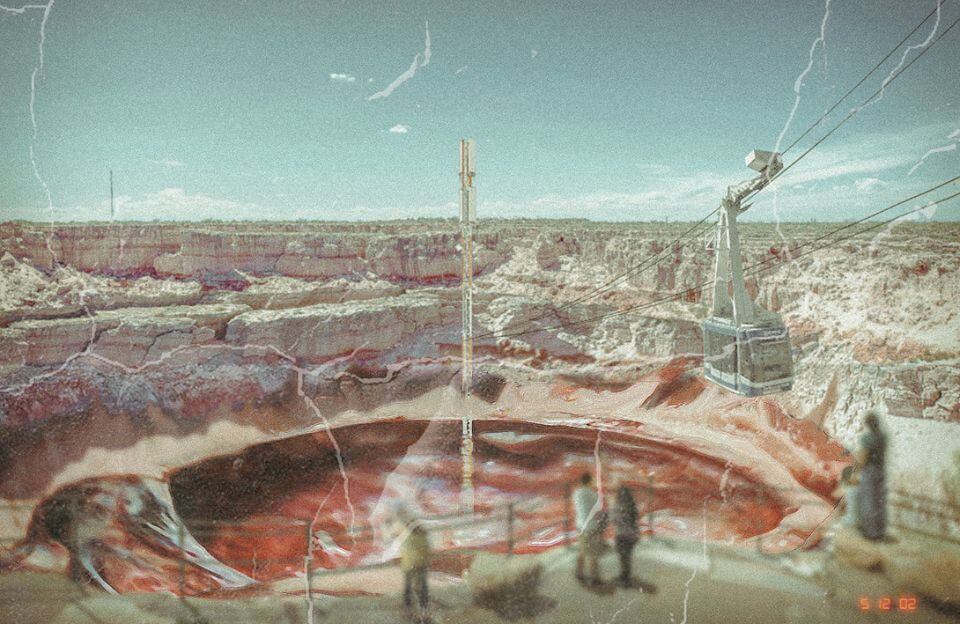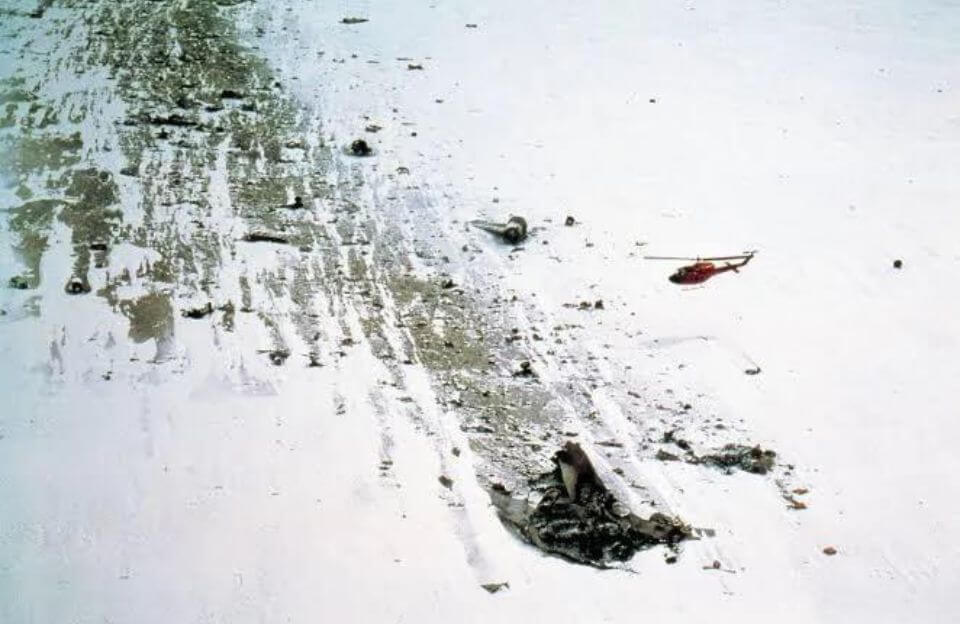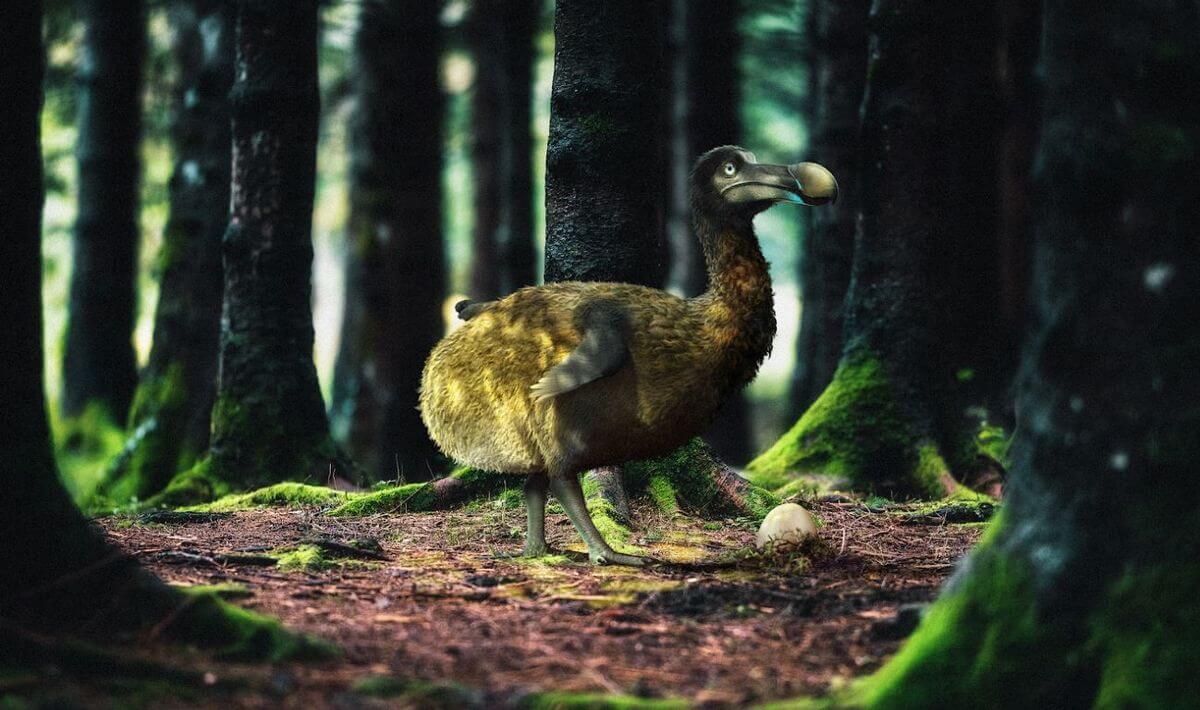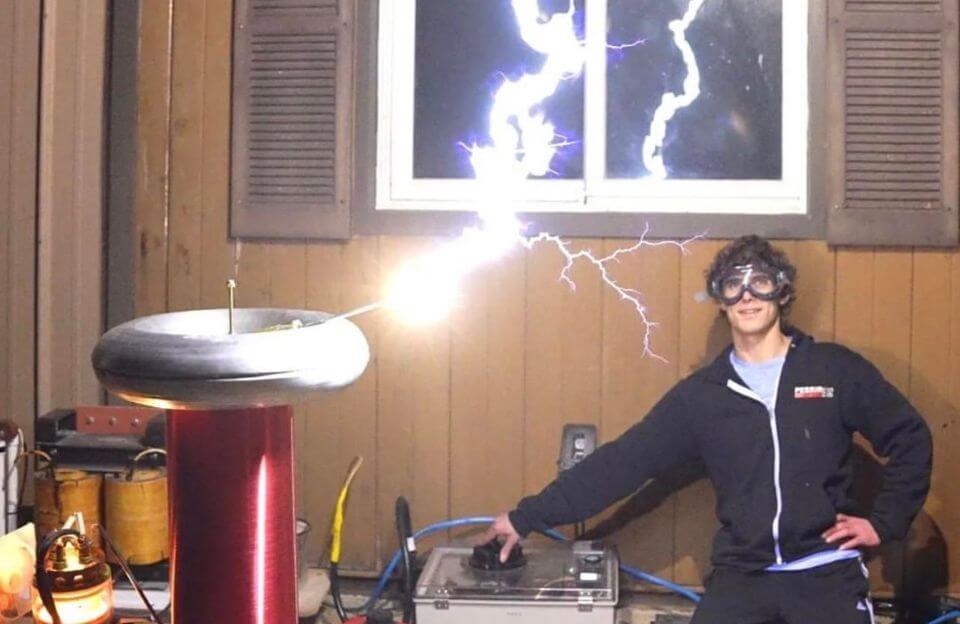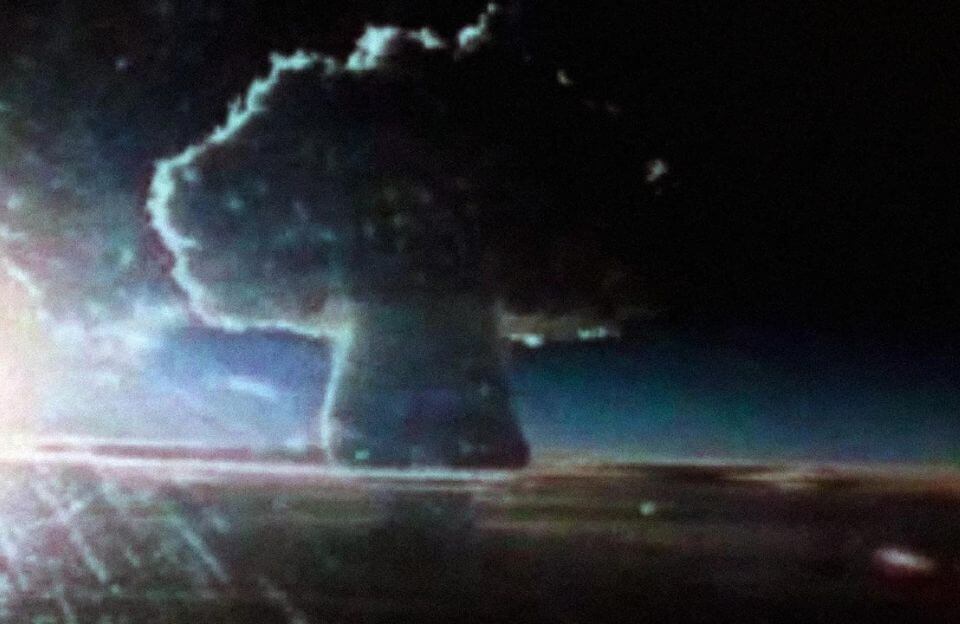De-Extinction Company Colossal Biosciences Raises $150 Million To Bring Back The Dodo
Colossal announces Avian Genomics Group to continue de-extinction efforts after huge progress on the Woolly Mammoth and Tasmanian tiger.
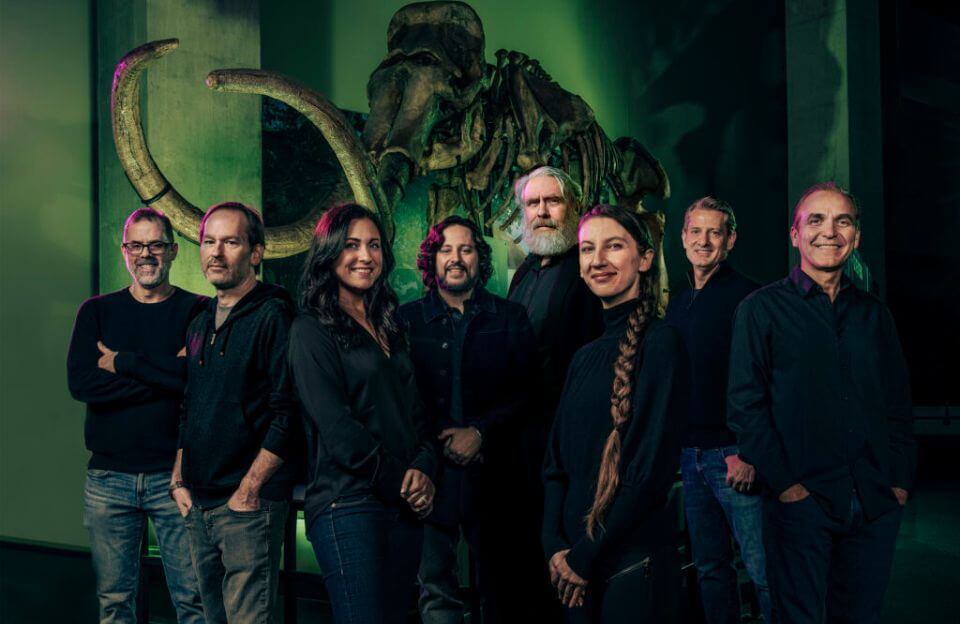
What is Colossal Biosciences?
Colossal Biosciences is a de-extinction company that seeks to bring extinct species back to life. This includes researching and applying new biotechnologies and tackling the great scientific challenges that this unique process requires.
The company has recently raised $150 million to continue their research, focusing on the revitalization of the dodo, an extinct species from Mauritius in the Indian Ocean.
De-extinction, the process of bringing extinct species back to life, is becoming a reality thanks to the efforts of the Avian Genomics Group.
After making strides in de-extinction with both the Woolly Mammoth and Tasmanian tiger, the group plans to continue their work with other extinct species.
How Does De-Extinction Work?
De-extinction is a process of using biotechnology and other tools to bring extinct species back to life. This process includes sequencing an extinct animal’s DNA, introducing new genetic material into the animal’s genome, and then implanting this edited embryo in a surrogate mother.
Colossal Biosciences is one of the first companies to pursue de-extinction and has made great progress with bringing back the Woolly Mammoth and Tasmanian Tiger. With their new $150 million investment, they are turning their attention to the Dodo bird in hopes of restoring it to its former habitat.
De-extinction has been made more feasible with recent developments in biotechnology, particularly gene editing tools such as CRISPR. These tools have revolutionized the way scientists approach genetic engineering and have made it much easier to manipulate DNA sequences.
The initial process begins with obtaining ancient DNA from fossils or preserved specimens of the extinct species. This combined with other methods such as artificial gametes, gene editing, and cloning may lead to success in recreating a species that no longer exists.
To complete the de-extinction process, scientists must generate healthy and genetically diverse populations of the species. This involves creating individuals with functional genes, or those which are expressed to produce the desired traits.
Scientists will then adapt the environment and surrounding habitats in order to facilitate their needs and ensure that the species can thrive. Conservation efforts will also be required to prevent a second extinction as natural predators, limited resources, climate change, and human contact may lead to their disappearances once again.
What Species Could Be Returned from Extinction?
What Challenges Remain Before We See Dodos Roaming the Earth Again?
Despite the recent progress made with de-extinction technology, there remain several scientific challenges before extinct species can be restored to their former habitats. First, researchers must be able to accurately sequence the entire genomes of these ancient animals. Once this is done, scientists will have to develop techniques for editing these genomes and introducing new genetic material.
Finally, reproductive biologists need to figure out how to get these edited embryos implanted in surrogate mothers so that the species can reproduce. All of this requires considerable time and resources, so it may still be some time before we see dodos roaming the Earth once again.
Unlocking the genetic code of extinct animals is an impressive feat in and of itself, but scientists have also achieved another remarkable feat. Thanks to the revolutionary technology known as crisper, researchers can now edit those genomes using a variety of methods, such as gene knock-outs and adding in new genetic material.
This technology has revolutionized de-extinction research and made it possible to resurrect species once thought lost forever. However, there are still significant roadblocks before it can be used successfully on endangered species. For instance, reproductive biologists need to find a way to implant these edited embryos into surrogate mothers for successful reproduction.
Additionally, researchers must be able to develop techniques for reintroducing them back into their original habitats and ensuring that they can survive out there.
Share this article
GET FORA IN YOUR INBOX.

TRENDING
In 1979 Air New Zealand Flight 901 Flew Into Mount Erebus in Antarctica Killing All 237 Passengers And 20 Crew
In 1979 Air New Zealand Flight 901 Flew Into Mount Erebus in Antarctica Killing All 237 Passengers And 20 Crew Air New Zealand Flight 901 flew into Mount Erebus on Ross Island, Antarctica at 404km/h. The Royal Commission called the disaster ‘an orchestrated litany of lies’. Facebook Twitter Reddit The Erebus Disaster On 28 November 1979, the world was stunned …
THE LATEST
The FBI Tried To Convince Martin Luther King Jr. To Kill Himself
The FBI Tried To Convince Martin Luther King Jr. To Kill Himself Uncover the government-sponsored targeting of Dr. Martin Luther …
American YouTuber Styropyro Built A Homemade Tesla Coil
American YouTuber Styropyro Built A Homemade Tesla Coil This guys level of insanity is well deserving of your time – …
The Ohio Train Derailment May Be Worst Environmental Disaster In US History
The Ohio Train Derailment May Be Worst Environmental Disaster In US History Health and environmental concerns are mounting after the …
So You Fucked Up Valentines Day – These Videos Will Make You Feel Better About Yourself
So You Fucked Up Valentines Day – These Videos Will Make You Feel Better About Yourself Think you messed up? …

